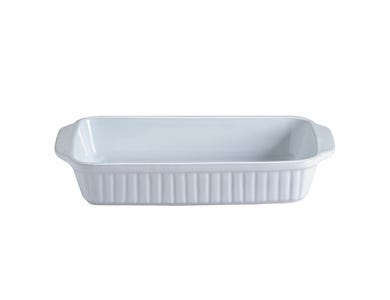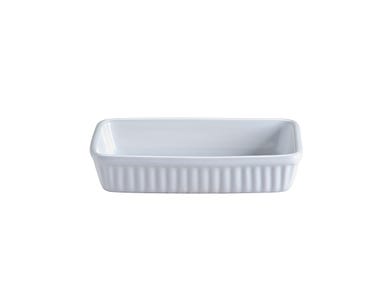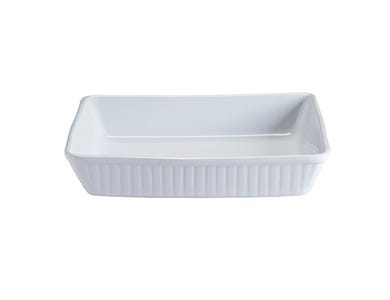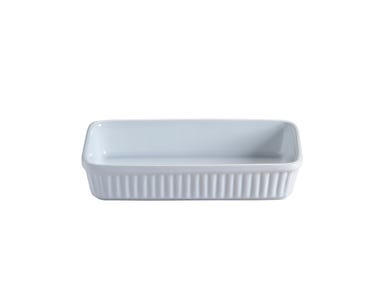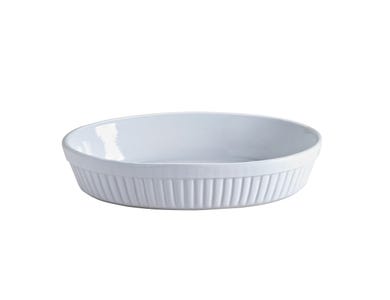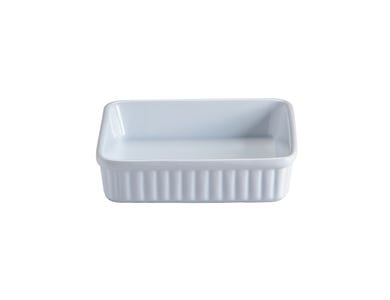Tips for Roasting Meat
Become the king or queen of roasting meats with these helpful tips.
Roasting Beef
How to cook a beef roasting joint?
One of the best ways to cook a beef roasting joint is to sear it on all sides in a hot pan, then roast it in the oven at 175°C for about 20 minutes per pound. Let it rest for 10-15 minutes before slicing and serving.
Do you cover beef when roasting?
It depends on the recipe, but it’s not recommended to cover beef when roasting it in the oven. This helps the meat to develop a nice crust on the outside while staying juicy and tender on the inside.
What beef is best for roasting?
The best beef cuts for roasting are usually the ones that come from the rib or loin sections of the cow, such as ribeye, top sirloin, tenderloin, or prime rib. These cuts are usually tender and full of flavour, and they roast well in the oven.
How to roast topside beef?
To roast topside beef, preheat your oven to 220°C. Rub the beef with salt, pepper and any other seasonings you like. Place the beef in a roasting pan and roast it in the oven for 15 minutes. Then, reduce the oven temperature to 160°C and continue roasting the beef for about 15-20 minutes per pound, or until the internal temperature reaches 60°C for medium rare. Let the beef rest for 10-15 minutes before slicing and serving.
Roasting Pork
Do you cover pork when roasting?
It depends on the recipe, but it’s not recommended to cover pork when roasting in the oven. Leaving it uncovered helps the meat to develop a nice crust on the outside while staying juicy and tender on the inside. However, if you find that the pork is browning too quickly, you can tent it with foil to prevent it from burning.
What is the best cut of pork for roasting?
The best cuts of pork for roasting are usually the ones that come from the loin section of the pig, such as pork loin, pork tenderloin, or pork rib roast. These cuts are lean, tender and full of flavour. They also roast well in the oven.
How to make crispy pork skin when roasting?
To make crispy pork skin when roasting, you’ll want to start with a cut of pork that has a good layer of fat and skin on top, like a pork belly or a pork shoulder. Score the skin with a sharp knife and then rub it with salt, pepper and any other seasonings you like. Place the pork in a roasting pan and roast it in the oven at a high temperature, around 230°C for about 20-30 minutes. Then, reduce the oven temperature to 160°C and continue roasting the pork until it’s cooked through. To make the skin extra crispy and golden, you can blast it with the broiler for a few minutes at the end of cooking. Just keep an eye on it so it doesn't burn.
How to roast a pork loin joint?
To roast a pork loin joint, preheat your oven to 190°C Rub the pork with salt, pepper and any other seasonings you like. Place the pork in a roasting pan with the fat side up. Roast the pork for about 20 minutes per pound or until the internal temperature reaches 60°C. Let the pork rest for 10-15 minutes before slicing and serving.
Roasting lamb
Do you cover lamb when roasting?
It depends on the recipe and personal preference. Lamb doesn’t need to be covered by foil in the oven for it to roast nicely. If you notice your lamb browning too quickly in the oven, cover with foil until roasted. We recommend covering the lamb in foil once it’s out the oven and resting to keep it hot.
What is the best cut of lamb for roasting?
The best cuts of lamb for roasting are usually the ones that come from the loin or leg section of the lamb. These cuts are usually lean, tender and flavourful. They also roast well in the oven.
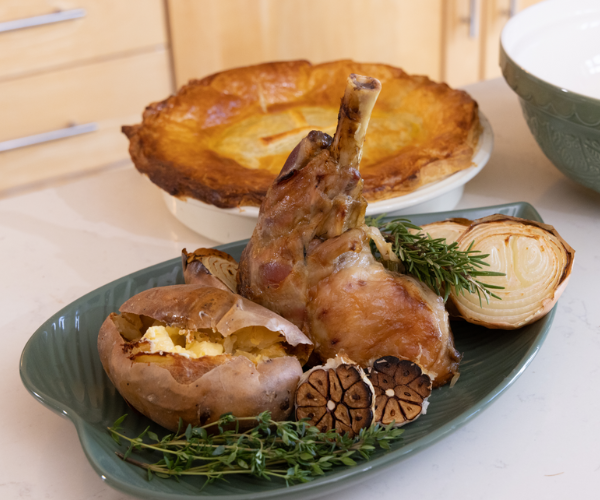

Roasting chicken
How long to cook a roast chicken?
The cooking time for a roast chicken depends on it’s weight and the cooking temperature. As a general rule, you’ll want to roast the chicken at 175°C for about 20 minutes per pound (450g). So, for example, a 1.8kg chicken would take about 1 hour and 20 minutes to cook. It’s best to use a meat thermometer to check the internal temperature of the chicken to make sure it’s fully cooked. The internal temperature of the chicken should reach 75°C in the thickest part of the meat. The meat should come away easily from the bone when it’s cooked.
Bring your meat to room temperature.
Allow the meat to come up to room temperature before placing it in the oven. This reduces the cooking time and means that the meat doesn’t have as high a temperature to meet when in the oven.
Don’t underestimate basting
By basting you are allowing the juices to go back into the meat which creates moist and succulent roasts.
Know if your meat's rare or well done
This easy test is used by chefs all the time, and it's so simple to do at home. Just press your index finger and thumb together and feel the fleshy part of your hand just under your thumb with your other hand. The springiness of this will feel the same as your meat if it's cooked rare.
Now touch your thumb and middle finger just as before, this is what a medium-cooked joint should feel like and pressing your ring finger and thumb will mirror what a well-done joint feels like. This method also works if you're cooking a steak, and it works best on smaller joints.
The simple skewer test
Now this test is probably the most simple of all! Just insert a metal skewer into the thickest part of the joint. Take it out and feel the part of the skewer which was inserted into the meat. If it comes out cool, your meat is rare, if it's warm, that means your meat is medium and if it's hot, your meat is well done. But be careful you don't burn yourself!
Give your meat a rest
Allowing your meat to rest after being taken out of the oven is an important part of the cooking process as this allows the meat to relax from cooking. Resting your meat after cooking is also important in terms of taste, as the meat soaks up some of those delicious juices for extra flavour.
Meat thermometers are handy
Meat thermometers are super handy to have at hand, especially if you're new to roasting or roasting a new cut of meat for the first time. Just insert the thermometer into the thickest part of the joint, so you can ensure all your meat is cooked properly.
Roasting Temperatures
Beef, lamb, and venison: 52°C (rare), 60°C (medium), 75°C - 80°C (well done).
Pork: 75°C - 80°C
Poultry: 75°C - 80°C
Note: Meat continues to cook once taken out of the oven, so you may want to remove the joint slightly before it reaches this temperature.


